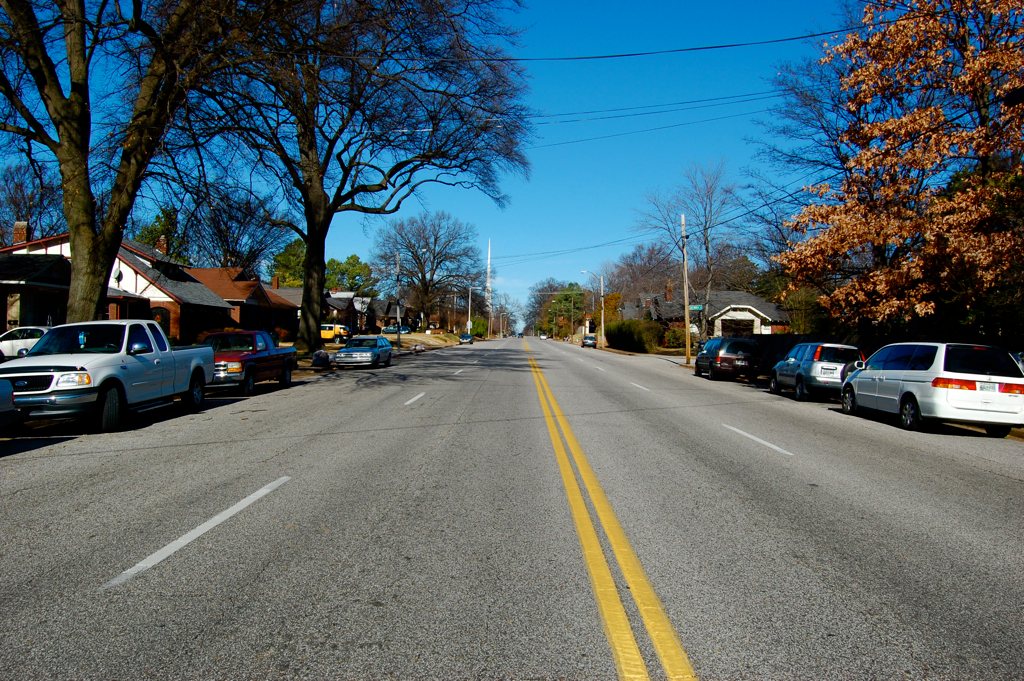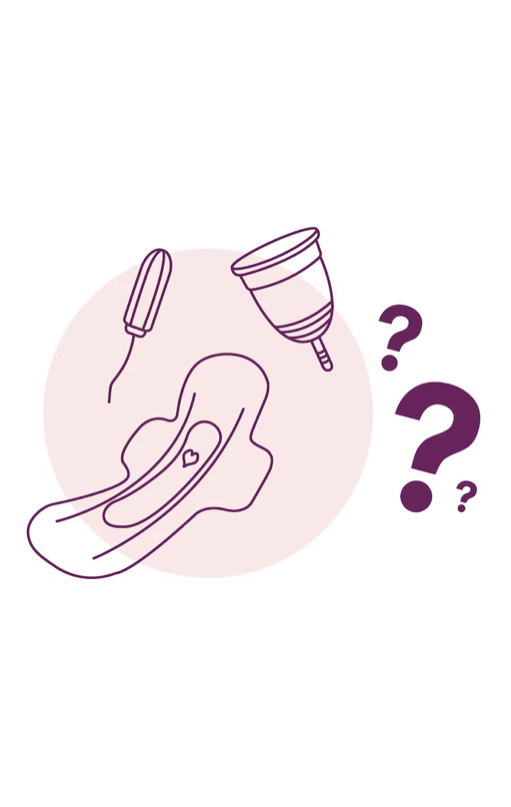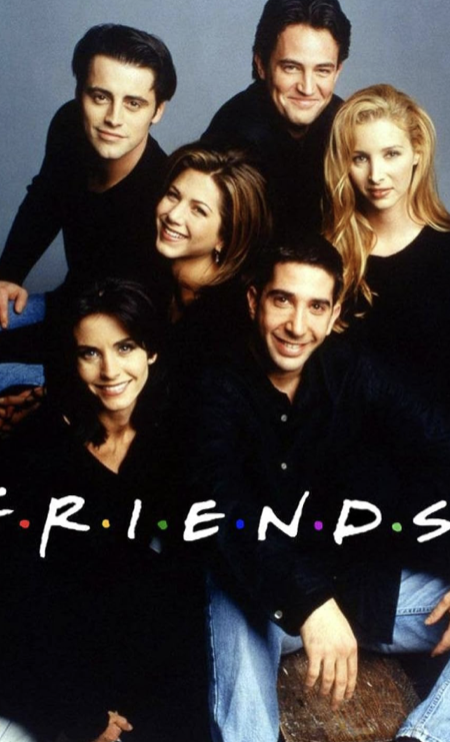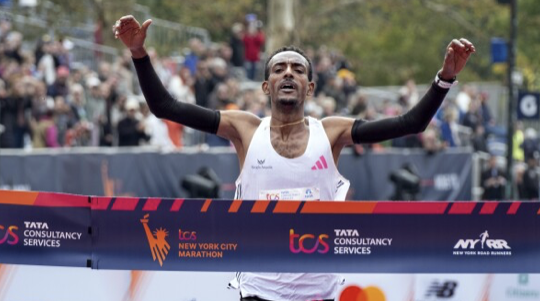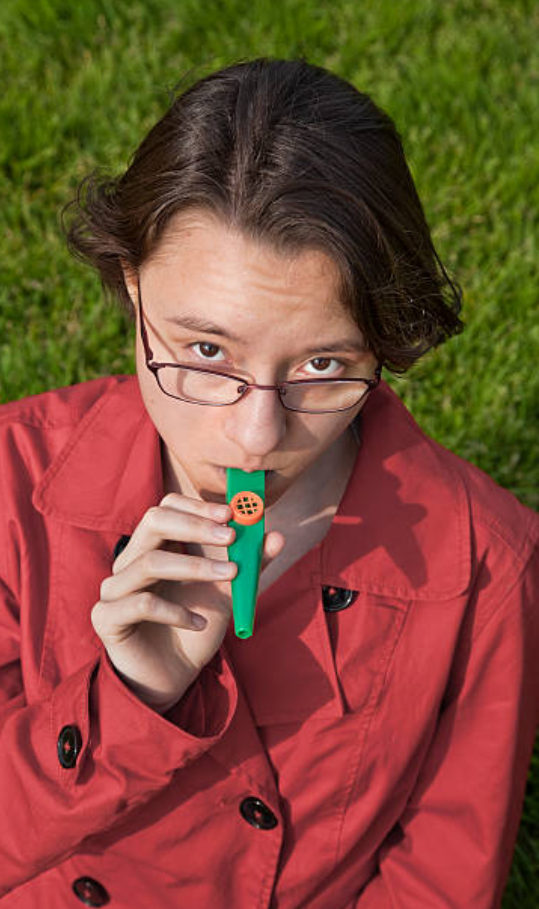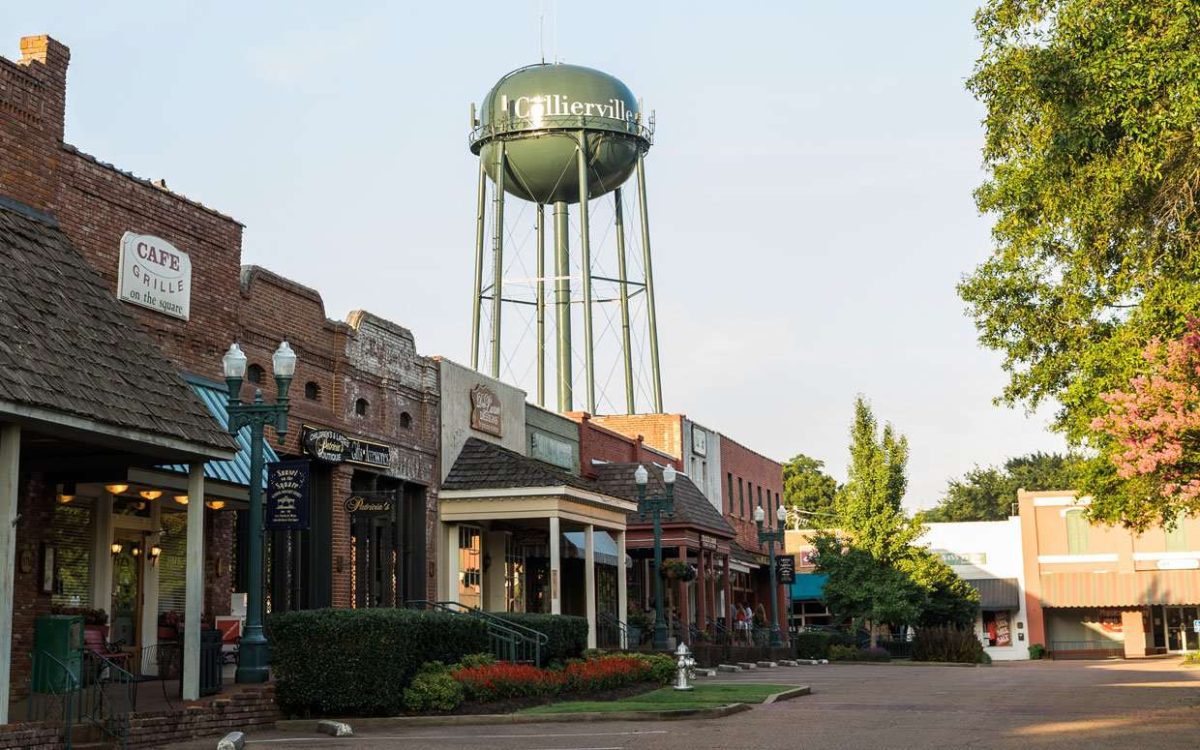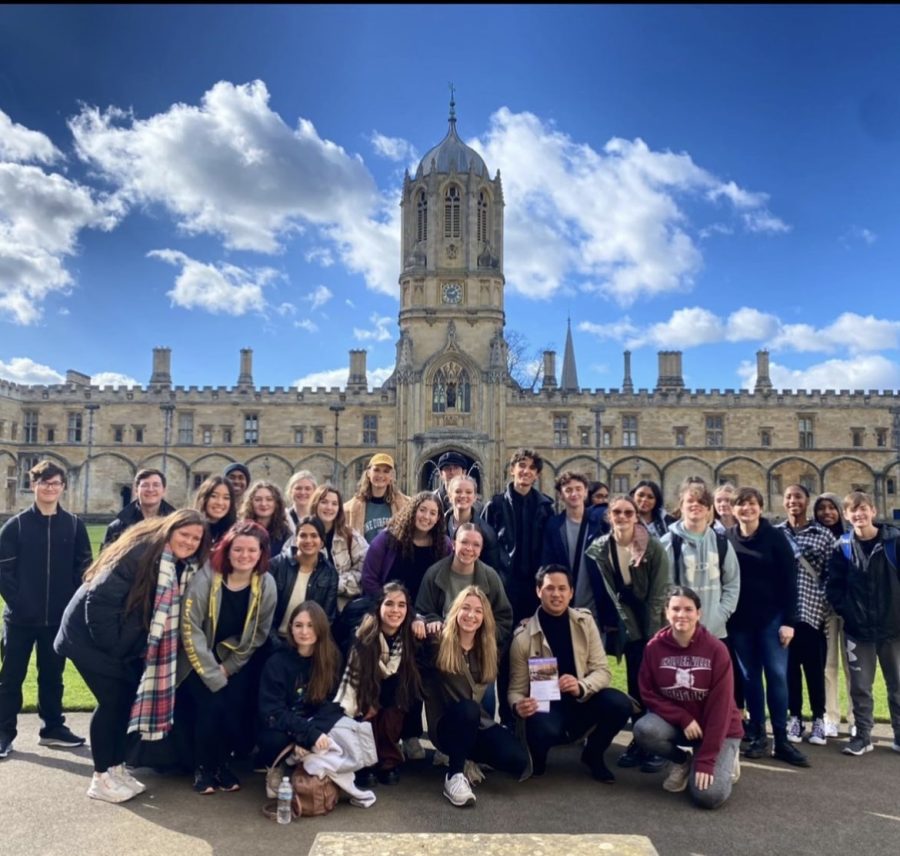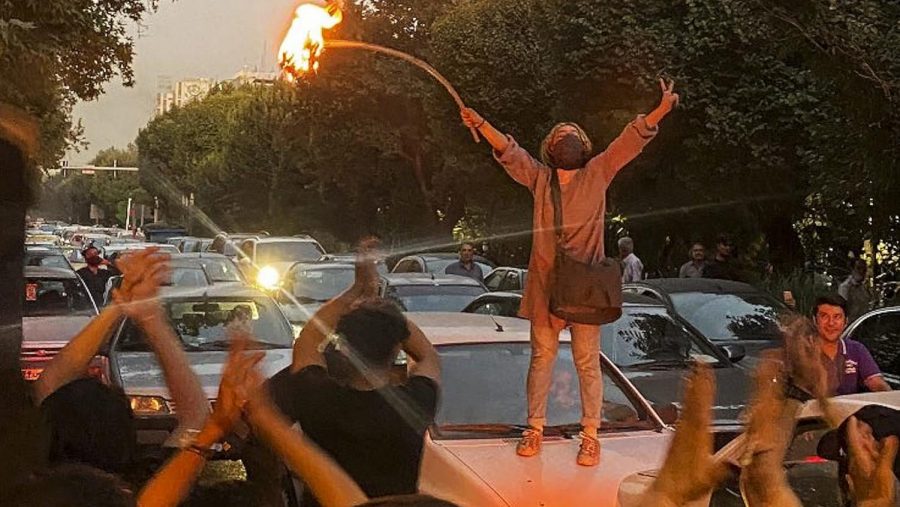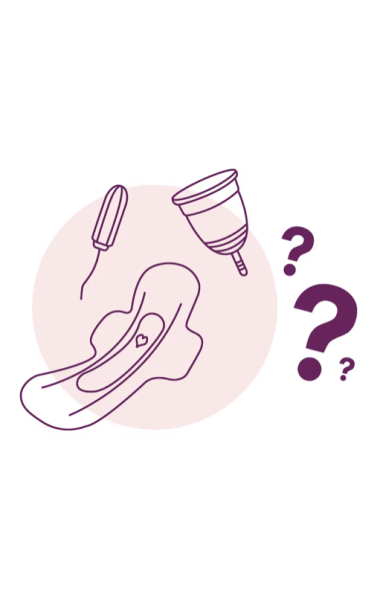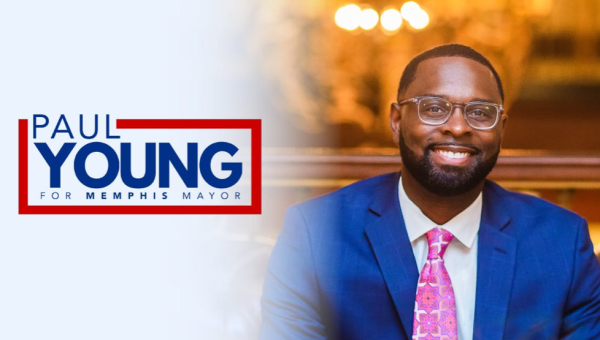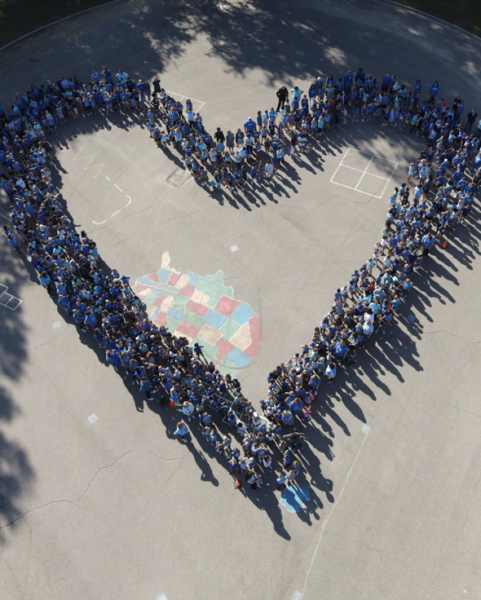Iranian Women Burn Their Hijabs as Hundreds Protest Death of Mahsa Amini
September 28, 2022
Last week, 22-year-old Mahsa Amini died in a hospital three days after being taken into custody and forced into a “re-education center” by the morality police in Tehran for not abiding by the state’s hijab rules. Iranian officials claimed she died last Friday after suffering a “heart attack” and falling into a coma following her arrest. However, her family said she had no pre-existing heart condition, according to Emtedad news. Edited security camera footage released by Iran’s state media appeared to show Amini collapsing at a “re-education” center where she was taken to receive “guidance” on her attire.
Since that day, protests have taken place in over 40 cities across Iran, including the capital, Tehran. The authorities have responded fiercely to the protests, which the government has called riots, and in defense of the hijab laws. More than 40 protesters have been killed, more than 500 injured and more than 1,000 arrested in a sweeping crackdown that has also shut down the Internet for much of the country. These protests are striking for their scale, ferocity, and rare feminist nature. Footage shows some protestors chanting, “Women, life, freedom.” Others can be seen setting up bonfires, aggravating police, or removing and burning their headscarves. In one popular video of Tehran, young protestors march around a bonfire on the street at night, chanting: “We are the children of war. Come on and fight, and we’ll fight back.”
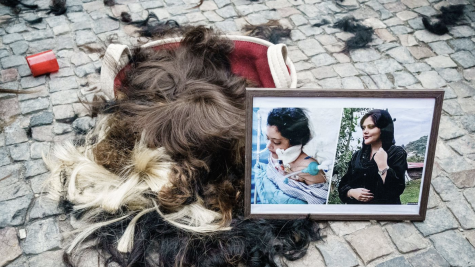
The protests that have erupted across Iran in the past two weeks are rooted in anger at the country’s morality police, an unpopular vestige of the 1979 revolution that represents a weak point for the government, according to protesters and human-rights advocates. The death of Mahsa Amini has touched a nerve among many Iranian families, who have had their own humiliating experiences with officers tasked with enforcing the country’s strict Islamic codes for clothing and behavior. Among those protesting are conservative women and men, joining throngs of young secular people who say the enforcement of rules around hijab, or headscarves, for women is often capricious. “We grew up with horrible experiences,” said one Iranian woman, a 52-year-old doctor who supports the protests. “We don’t want to live like this. We don’t want forced hijab.”


